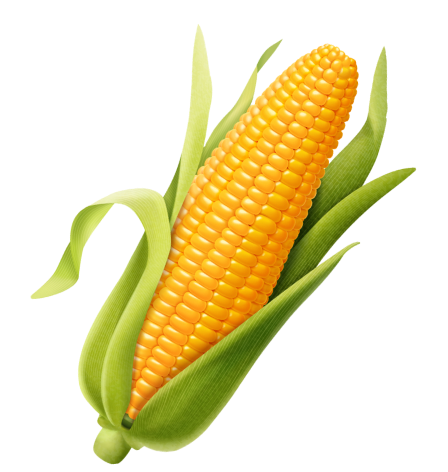Soybean Seed
Soybean Seed Collection
If you’re a farmer, you know that buying new seeds often takes up much of your budget. However, you can obtain many types of seeds and use them to help offset some of your costs. Thankfully, you can collect soybean seed and use them for your next planting. This process is relatively simple but deserves a lengthy and engaging explanation to make it easier to fully understand.
Do You Need to Do Any Special Preparation?
Farmers who want to save soybean seed may not realize where they can find them. This simple mistake is one that usually happens to new growers or amateurs. That’s because they are often used to finding seeds from other plants, such as corn, and using them to grow. Thankfully, there is no real trick to finding seeds in your soybeans. Instead, the bean itself serves as the seed.
That’s right: you are technically growing and harvesting seeds when you pick soybeans. All beans work in this way. Interestingly, this seed-based design is what makes them so healthy. Seeds must be packed with many nutrients to help their plant through the early stages of its growth. As a result, you could technically plant your soybeans as they are and grow new plants from them.
That said, you have to carefully prepare your soybeans before you plant them. Trying to plant them as-is will potentially result in a sprout. However, drying them out properly prepares them for the rigors of growing under the ground. Thankfully, drying out your soybeans shouldn’t be too hard to handle. Many people probably have all of the items that they need in their homes already.
What is the Proper Drying Method?
Drying out your soybean seed is relatively simple. Collect any leftover soybeans that you haven’t already eaten or sold and place them in an appropriate container. You don’t need to use any specific tub for this purpose. Some will use cardboard boxes, while others will use glass jars with cheesecloth. Some may even utilize large Tupperware containers to hold many, many soybeans for seed preparation.
Once you have collected all the beans that you want to turn into seeds, you need to place them in a reasonably dry area. Typically, you want to make sure that the moisture level is about 13 percent before you store them. You may want a dehumidifier to keep the storage area at this level. Try to make this spot fairly small so that you can more naturally control the moisture and temperature.
Make sure that you keep the temperature between 32 to 70 degrees Fahrenheit. Any colder and your beans might end up getting damaged. Any higher and they may start to grow! Also, make sure that your containers are strong enough to resist the prying mouths of mice or other gnawing animals. Many pests love soybeans and will work hard to get to them.
What is the Proper Storage Time?
When you collect beans to use as seeds, you often have to wait a long time before the next growing cycle. If you keep their storage conditions stable, they should be good to go the next year. However, the potency of your seeds does decrease as they age. This problem is one that can affect your farm because you’ll have to buy new seeds to replace any that aren’t good enough to plant.
After about a year, your soybean seed should still be relatively potent and able to grow. Experts estimate that your germination rate should be about 80 to 85 percent after one year. This rate goes up if you use the seeds sooner, so make sure to write down the date when you stored the beans. Doing so will help to get your seeds growing as effectively as possible after harvesting.
However, you may want to either throw your seeds away after two years or test them before planting. That’s because soybean germination drops to 65 percent at this point. This rate will decrease even more with every passing year. Test germination by placing the soybean in a paper towel soaked with water. Keep the towel in the sun, and regularly dampen it over the next few days. If no growth appears, your seeds may be bad.
How Does Mold Damage Soybeans?
Mold is a problem that can affect many different types of seeds and crops. When you are storing your soybean seed, you need to do what you can to protect from mold. Without this protection, your seeds may end up getting infested with fungal growths. This mold will cause a variety of health problems to people who eat them, which can be a big problem if you’re trying to make a profit selling these beans.
As a result, you need to continually track the temperature and moisture levels to ensure that your beans are safe from mold. You need to aerate your beans during warmer seasons and keep the temperature around 10-15 degrees Fahrenheit warmer than the outside temperature in fall. And during the winter, you also need to aerate for at least 24 hours every two weeks. Doing so will protect your beans.
You can streamline this process by adding an automatic aerator to your bean storage area. These aerators will adjust the moisture levels appropriately and help to make your beans stronger and more resistant to damage. Set the aerator to where you want it and make sure to check on it at least once a month. Doing so will help to make sure you don’t run into any other complications.
Don’t Forget to Contact Us
If you are looking to purchase soybean seed, please contact us at Online Seed Sales today. Our experts have years of experience working with high-quality seeds. We will do what is necessary to ensure that you get great soybeans and that you can use them as seeds for your next crop growth.


